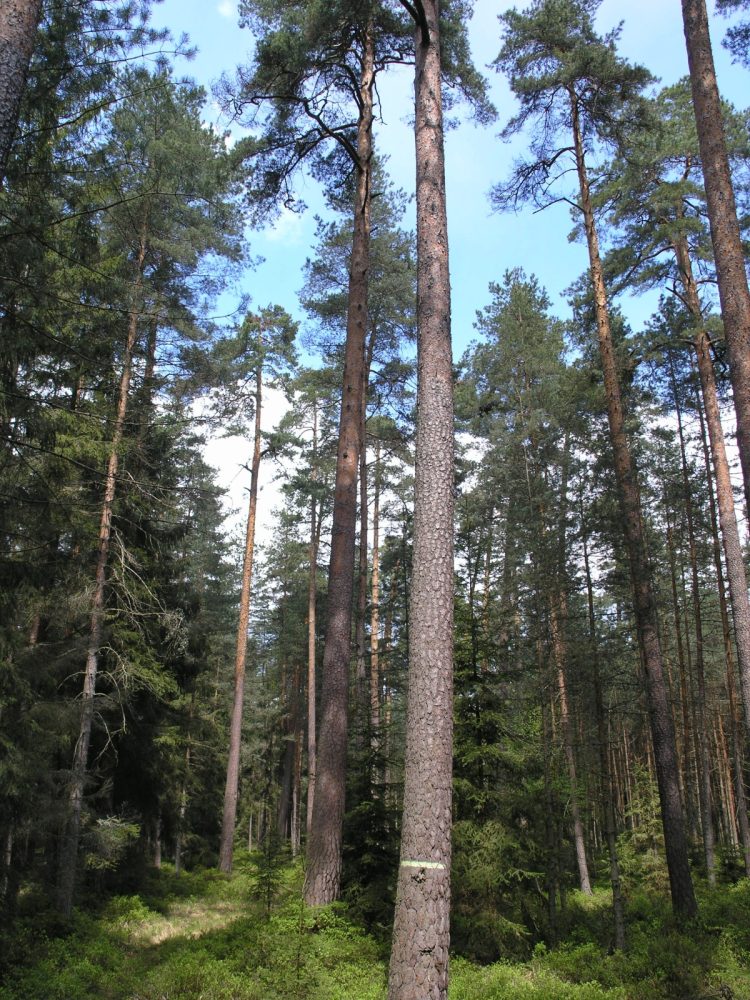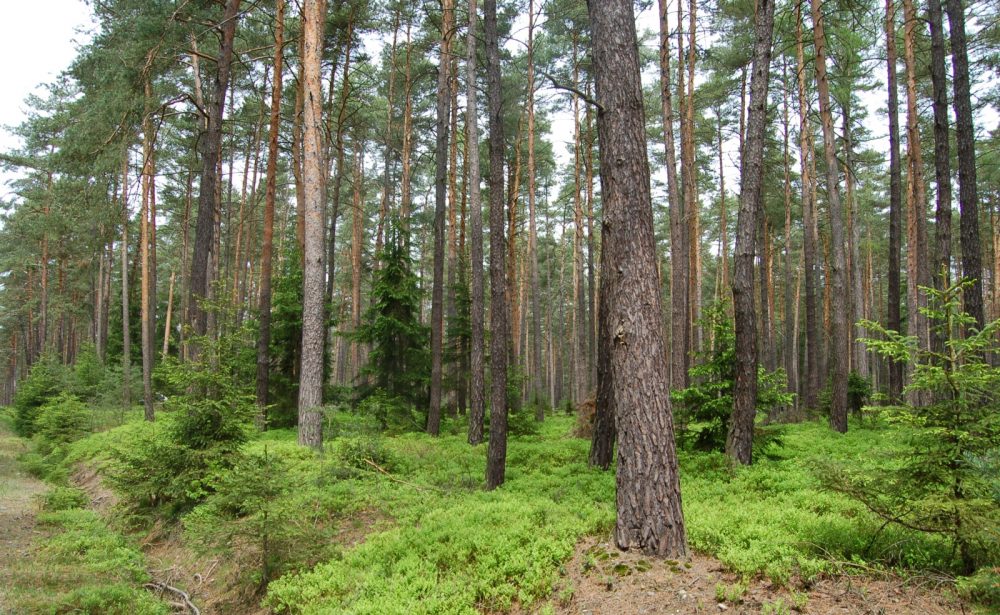Use of DNA analyses for verifying origin of Scots pine reproductive material
 The research activities of FGMRI, the results of which are practically used, also include the use of DNA analyses in the verification of the declared origin of reproductive material of forest trees. The results of these analyses, or their methodological procedures can be used in state control systems for verifying the origin of forest reproductive material and contribute to increasing consumer protection of forest owners and to ensuring the quality of growing planting material in the frame of forest nurseries‘ production in the Czech Republic.
The research activities of FGMRI, the results of which are practically used, also include the use of DNA analyses in the verification of the declared origin of reproductive material of forest trees. The results of these analyses, or their methodological procedures can be used in state control systems for verifying the origin of forest reproductive material and contribute to increasing consumer protection of forest owners and to ensuring the quality of growing planting material in the frame of forest nurseries‘ production in the Czech Republic.
As one example of such research activities, it is possible to mention the study published in 2022 by the scientific team of the Department of Forest Biology and Breeding focused on the possibilities of using DNA analyses in verifying the declared origin of the reproductive material of Scots pine in the conditions of the Czech Republic Use of DNA analyses for verifying the declared origin of Scots pine reproductive material (Máchová et al., 2022).
As authors of the study state, use of planting material of suitable origin is one of the main conditions for successful artificial forest regeneration with the aim of maintaining high and high-quality economic production and ensuring the protection of the natural gene pool of original populations of forest tree species. To ensure this condition, it is necessary to record the horizontal and vertical transfer of reproductive material (RM) of forest tree species.
Each EC member country must, based on Council Directive 1999/105/EC, establish a control system to ensure the preservation of the true identity (information about RM origin) of a given RM section from its acquisition to delivery to the final consumer.
In the Czech Republic, there was transposed this directive into Act No. 149/2003 Coll. (as amended). A large part of the planting material planted in forest nurseries comes from seed from forest stands, which are usually natural populations with high genetic diversity.
As part of the study, the possibilities of using DNA analyses to monitor the identity of Scots pine RM in various stages of processing, from the collection of seed material to the growing of planting material, were verified. In a period of 4 years, reference samples were collected and analysed for microsatellite markers, then the obtained genetic compositions of the monitored sections of planting material of ten recognized units were compared after statistical processing (see article for details).
 For the purposes of setting up a methodological procedure for checking the declared origin of RM, 7 optimally polymorphic markers with sufficient informative value were selected for the subsequent evaluation of the genetic structure of the monitored sections of Scots pine planting material. PCR and fragmentation analysis procedures were optimized for selected markers. With the help of the Structure analysis, the obtained profiles of 10 tracked sections (UJ) of different origin were distinguishable from each other.
For the purposes of setting up a methodological procedure for checking the declared origin of RM, 7 optimally polymorphic markers with sufficient informative value were selected for the subsequent evaluation of the genetic structure of the monitored sections of Scots pine planting material. PCR and fragmentation analysis procedures were optimized for selected markers. With the help of the Structure analysis, the obtained profiles of 10 tracked sections (UJ) of different origin were distinguishable from each other.
The results of the AMOVA showed that variation among individuals was 16% and among the observed sample sets it was 2%. Pairwise population FST values ranging from 0.004 to 0.023 indicated low genetic differentiation among observed sets of samples. The structuring of investigated Scots pine sample sets was also confirmed by various proportions of genetic profiles according to the Bayesian clustering method results. Using the performed Structure analysis, the obtained profiles of 10 monitored units of reproductive material (4 sample sets from one units) of different origin were distinguishable from each other (see article for details).
The study was carried out with the support of the Ministry of Agriculture (institutional support MZE-RO0118) and within the framework of the NAZV research project No. QK1810129.
The article Use of DNA analyses for verifying the declared origin of Scots pine reproductive material can be downloaded here.
Authors of the article: Pavlína Máchová, Helena Cvrčková, Olga Trčková, Kateřina Vítová, e-mail: machova@vulhm.cz
Prepared by: Ing. Jan Řezáč, FGMRI, e-mail: rezac@vulhm.cz
Illustrative photo: examples of recognized Scots pine stands
